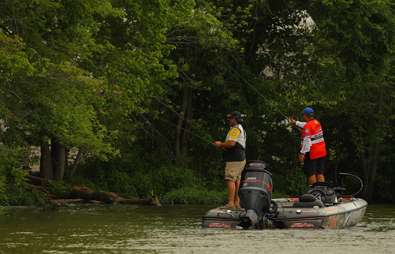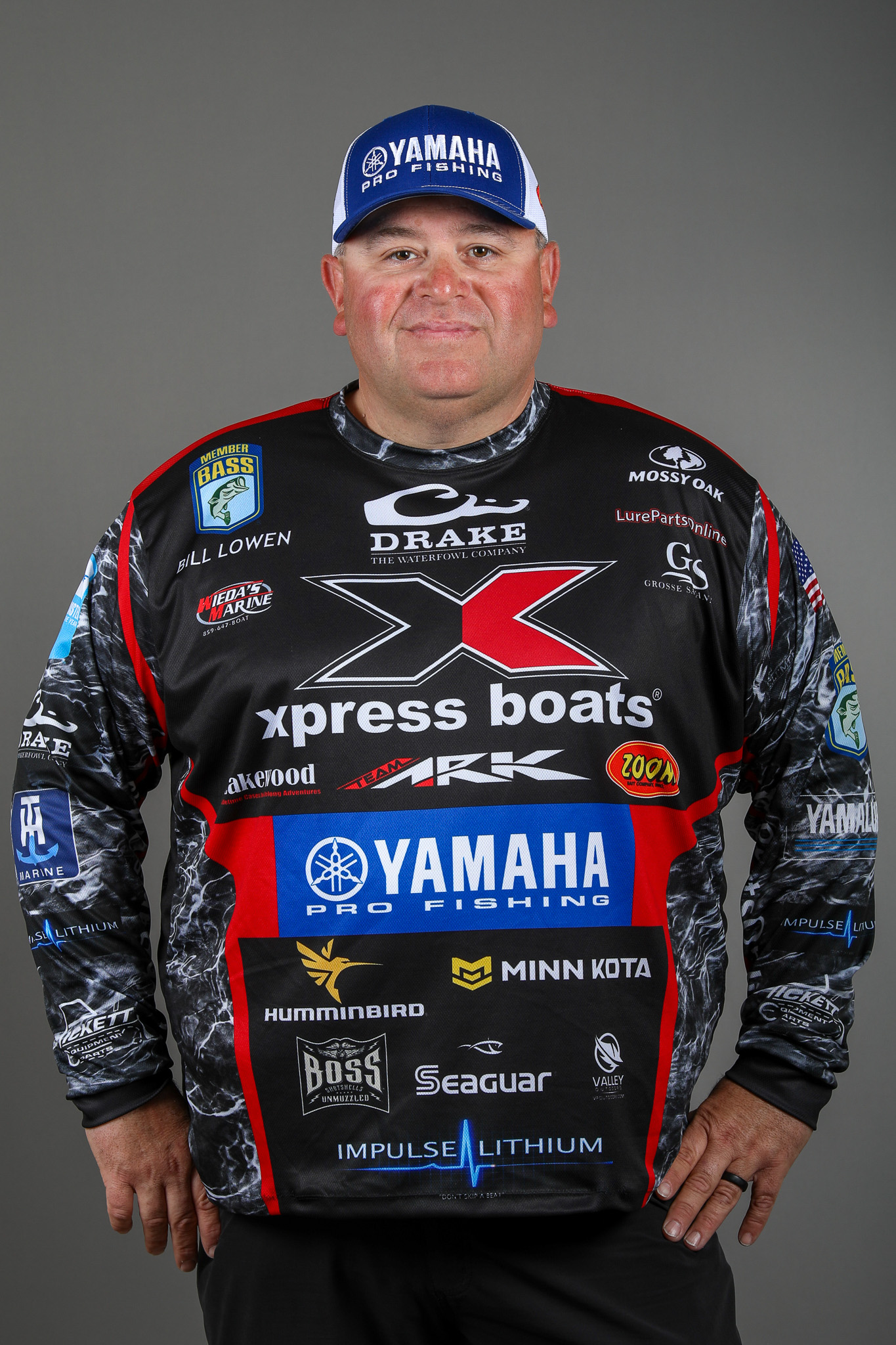
Editor's Note: In this two-part series, we'll take a look at the basics of buzzbaiting. On the surface it looks easy enough. Toss one out, churn water as you wind it back and big bass will be yours. The reality, however, is somewhat different. Fishing these baits at the right times, in the right places and with the right tackle is an absolute necessity.
Elite Series anglers James Niggemeyer and Bill Lowen are two of the better buzzbait anglers on the tour. Here's what they have to say on the subject.
Part 2: Bill Lowen
Like most anglers, I fish buzzbaits in the spring and fall. The prespawn and postspawn are obvious. The bass are shallow and they're on the feed. That's just about as good as it gets when it comes to buzzbaiting.
Generally, I like to throw my buzzbait in the same areas where the bass spawn. I look for places with some size to them, places where the bass like to cruise. Then, I fancast the entire area, making sure I cover every inch of water from as many directions as possible.
Later in the year, move away from those areas and look for bass on the first or second staging spot along a natural route to their summer areas. There'll almost always be a few bass there, and it'll be a rare day when they won't bite a noisy buzzbait.
Now, all that is fairly obvious. What isn't so obvious is using a buzzbait over beds, not when the females are on them but when the males are guarding the fry. There's a short period of time on every body of water — maybe a few days at the most — when they'll demolish a buzzbait retrieved directly over the top of the nest. That pattern is still available in some parts of the country. Take advantage of it, if you can.
Weather is an important factor in buzzbaiting. I reach for this lure whenever there's a bright sun burning down on the water's surface and a slight ripple on the water. When I say slight, that's what I mean. I'm not talking about a chop, nor am I talking about something that looks like waves. I'm talking about a series of thin, moving ripples that you'll miss if you're not looking for them.
Water temperature isn't a big factor with me, however. If the water's warming, or cooling, and the sun's out I'll throw one when it's well below 60 degrees. (I don't think I have an upward limit.) Don't ever be afraid of cool water. Bass must eat. If they want it, they'll get it.
And, don't forget, fall will be here shortly. It's one of the best times of the year for buzzbait fishing. Bass will move into the same exact shallow water areas in the fall that they inhabited in the spring. They'll follow the same routes to and from them. Find a likely spot, with plenty of baitfish around, and start fancasting.
Remember, too, that bass become active in the fall because of falling water temperatures and bait moving into the shallows. Don't let a cold spell deter you from fishing a buzzbait. In fact, they often make the fishing better. As long as there's something to eat shallow, the bass will be shallow. It's their nature.
I throw my buzzbaits with a 7 foot, All Pro APX rod (heavy action with a fast tip), an Abu Garcia Revo Premier reel (6.4:1 gear ratio) and 15-pound-test Berkley Big Game monofilament line.
Rod choice is especially important. I'm throwing a light bait — 1/4 ounce. I need a fast tip to get my bait out where it needs to be. But I also need a stiff backbone that'll let me horse a bass out of heavy, shallow cover. The All Pro APX gives me both.
My bait choice is a 1/4-ounce Strictly Bass buzzbait. (They have several models. All will catch fish.) I like white and chartreuse in the spring and summer, black in the fall.
One final thought: Trailer hooks are nice in open, clean water. But, they're a serious hassle in heavy cover. They hang on everything and ruin a lot of casts. I'm not a fan of them.





